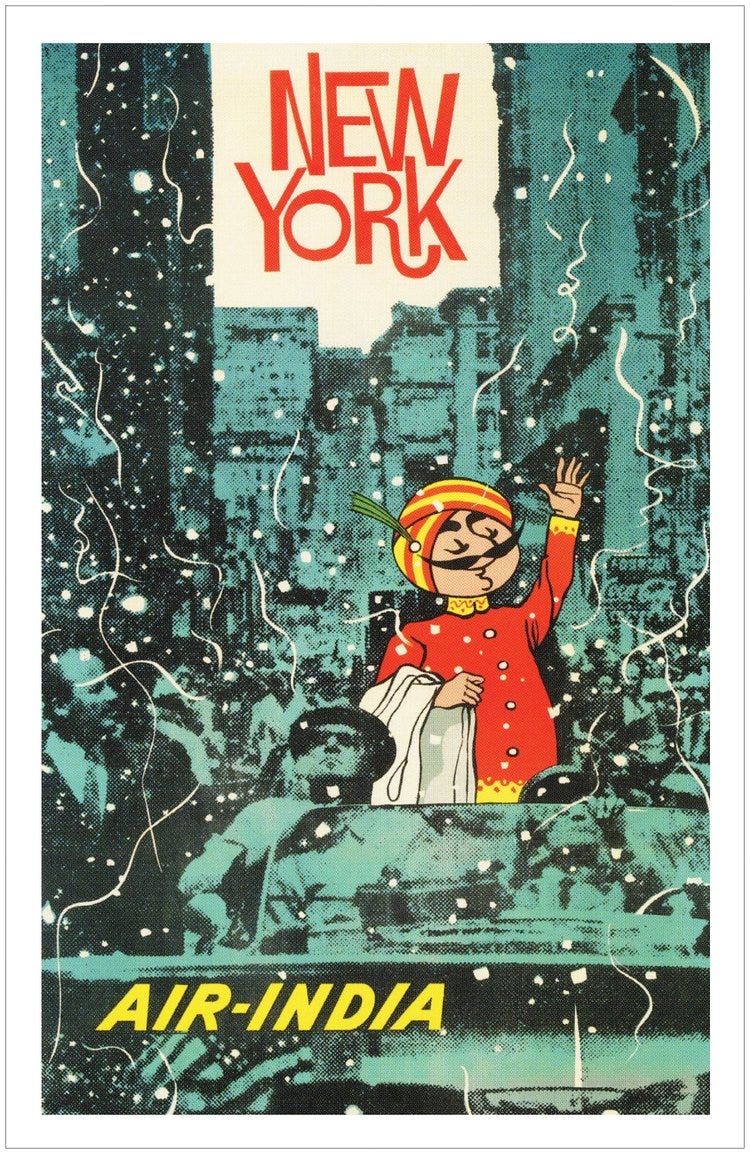Tracing the Changing Dynamics of Indian Cinema Audiences
Written by Raj Ajay Pandya
Welcome to the Brown History Newsletter. If you’re enjoying this labour of love, please do consider becoming a paid subscriber. Your contribution would help pay the writers and illustrators and support this weekly publication. If you like to submit a writing piece, please send me a pitch by email at brownhistory1947@gmail.com.
Don’t forget to check out our SHOP and our Podcast.

Tracing the Changing Dynamics of Indian Cinema Audiences
I was excited for Barbie and Oppenheimer – Barbenheimer – like all cinephiles, atomic bomb historians, and feminists. I, too, laughed at the memes, made a cinema viewing schedule, and even ordered American Prometheus for a better context. I booked tickets, pre-ordered popcorn, and watched both films, only to rediscover that watching cinema in India can be a tedious task and is most certainly a long drag.
Amidst the emergence of home media and streaming, we are told that cinema is dying. On the contrary, in my opinion, it is not the cinematic medium under threat but the cinematic viewing experience that has deteriorated; it's almost suffocating. Yes, the seats have become bigger and the screens wider, but comfort is not enough to truly extract the bliss of getting intrinsically involved in a film. It transcends beyond the easement, beyond the crying babies in theatres, and beyond the fellow audience member picking up his calls of business.
Pre-independence: The advent of cinema and early audiences
During the British Raj, with the advancement of the talkies back in the 1920s and 30s, other art forms were losing their prominence. It was a time when Mahatma Gandhi had launched a Non-cooperation movement against the British government and there were calls to boycott British goods by various organizations. Citizens of British-ruled India were forming unions, following Indian political leaders, and waking up to the atrocities of colonization. One could see that a national consciousness was elevating alongside the national arts because the 1920s saw the formation of major production houses in Bombay (now Mumbai) and Calcutta (now Kolkata), the entertainment tax was introduced, and the foundation of the Punjab Film Corporation in Lahore. Meanwhile, Nukkad Natak (Street theatre), live theatre and dance performances – most of which were enjoyed by an interactive audience – were losing their spectators. Theatre and Nukkad Natak in particular saw audiences cheering, throwing coins, and even joining the narrative, applying various improv elements.



